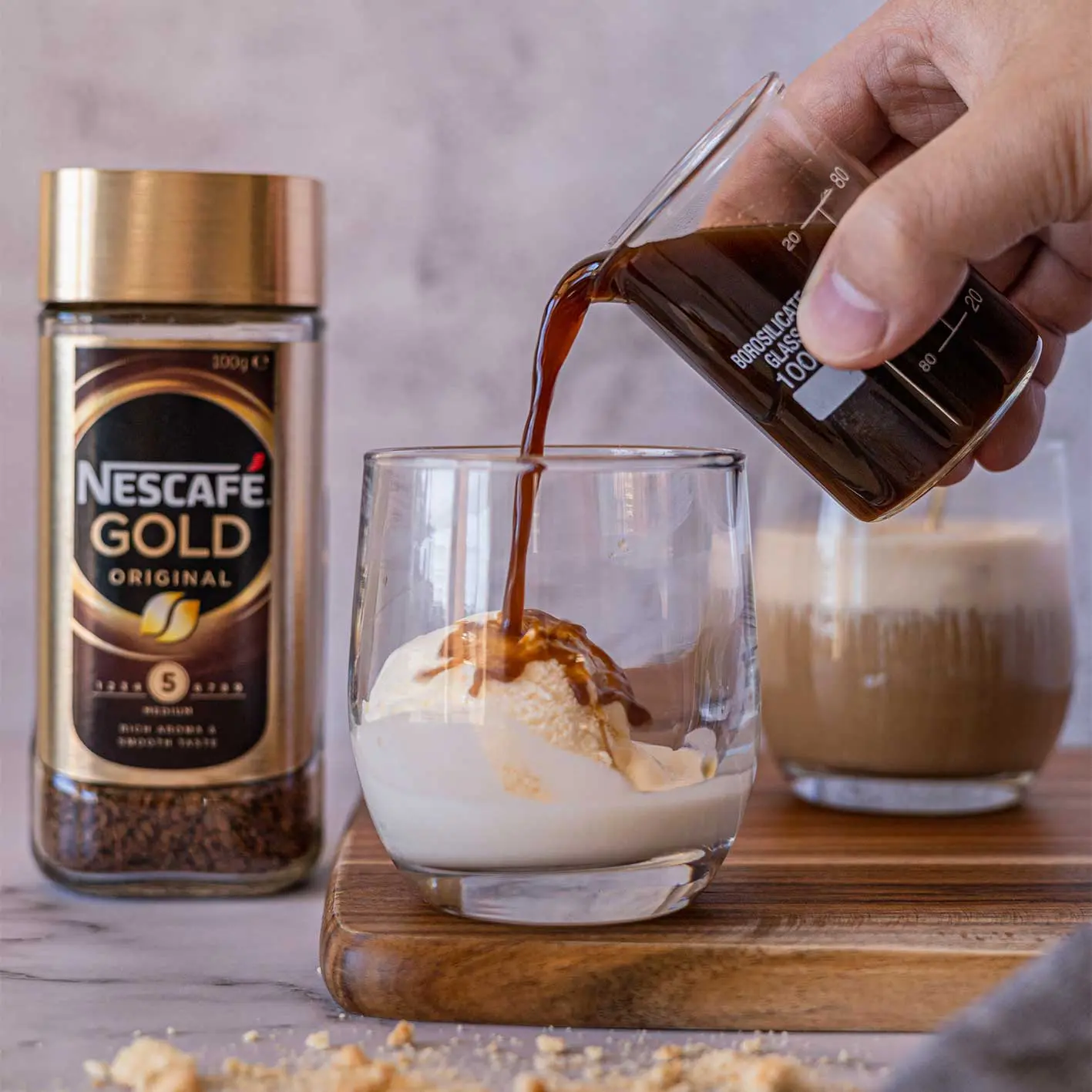Influencer marketing campaigns are effective when audiences trust an influencer, believe their recommendation is genuine and it drives them to take action.
That trust is hard-earned, over years of content sharing and community engagement by the influencer. It’s particularly valued by brands, who have seen trust in them decline over the years. In fact 63% of people trust influencer messages about a brand more than a brand’s own advertising.
Trending transparency
For a while, it was thought that disclosing influencer partnerships would break this spell. Brands and creators feared that labelling a post an ad – and making it clear a collaboration had taken place – would cause audiences to disregard the post entirely.
But as audiences have become savvier and influencer marketing more widespread, there has been a push towards greater transparency. It’s now considered best practice to disclose partnerships outright. Audiences understand that brand collaborations are part of an influencer’s content mix and, if handled correctly, disclosure doesn’t limit the impact it can have. It just serves to build more trust.
The focus on transparency has extended to encompass the use of AI filters in influencer marketing. In the UK the Advertising Standards Authority (ASA) has warned influencers and advertisers against applying filters when promoting beauty products if they are likely to exaggerate the effect the product is capable of achieving. Meanwhile, a new law in Norway will require advertisers and influencers to disclose when images were altered.

Keeping your brand safe
Advertising watchdogs are now on high alert for posts that flout recommendations around disclosure and filters and multiple brands have been called out. To keep your brand safe and your campaigns transparent, we recommend the following:
#1 Make disclosure mandatory. When briefing influencers, you can either ask them to use platform tools to disclose the partnership, like Instagram’s Branded Content tag, or ask them to include ‘#ad’ prominently in their caption. Either way, ask upfront and make the disclosure rules clear.
#2 Keep across local guidance. Each region will have slightly different rules and regulating bodies. In the UK it’s the ASA, in Australia, The Australian Influencer Marketing Council (AIMCO) makes recommendations on best practice but it’s the Australian Association of National Advertisers that rules against breaches. Get to know the best practice guidelines in your area.
#3 Steer clear of filters. While filters can appear a shortcut to making your product look amazing, building trust should be the long-term goal, for brands and influencers alike. If you’re a beauty brand, ask for natural-looking images with minimal retouching and avoid any misleading claims.
#4 Focus on relevance. The best way to make a paid partnership to feel genuine is to choose a creator who is already one of your customers, or who has a real interest in that area. If it’s a good brand fit and the content doesn’t include any disingenuous claims then it will resonate with their followers. A simple #ad won’t ruin all of that.
Audiences understand that influencer marketing is part of the 2021 advertising and social media landscape. They also respect honesty. It’s in the interests of both brands and creators to uphold these standards and maintain trusting relationships with their audiences.

